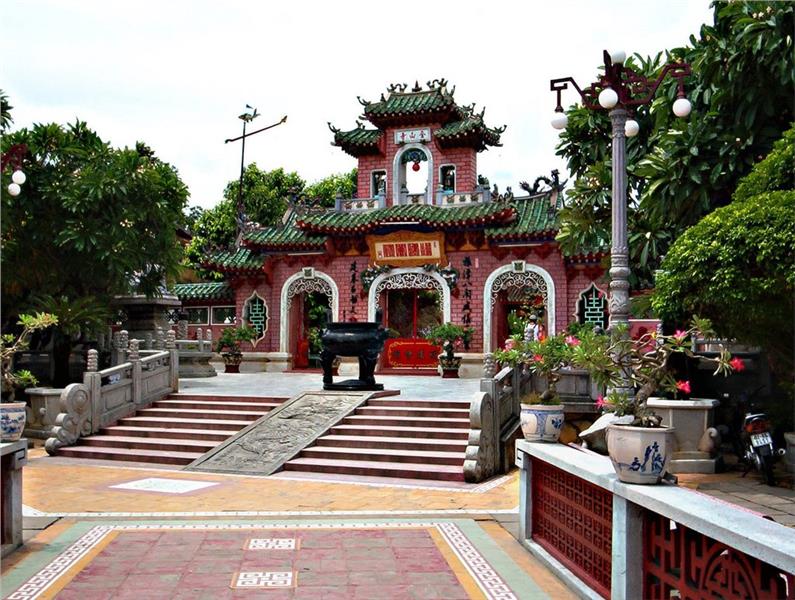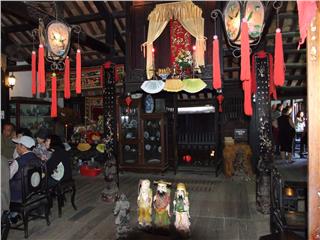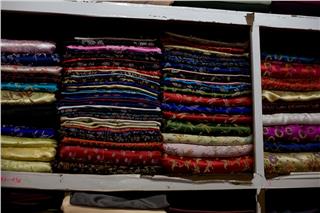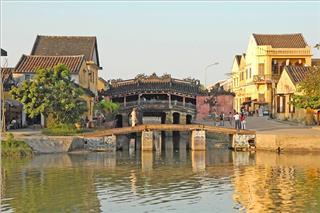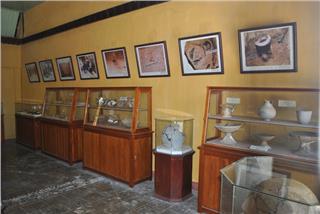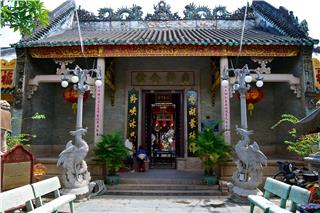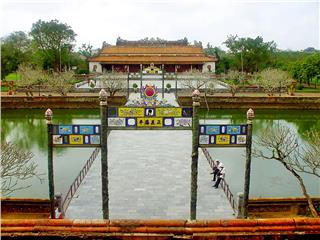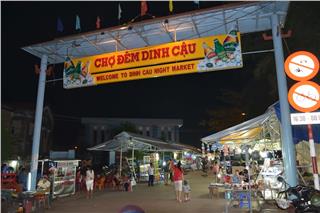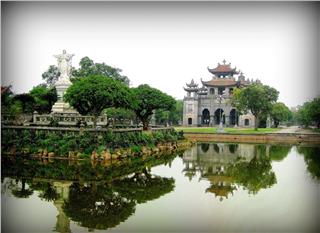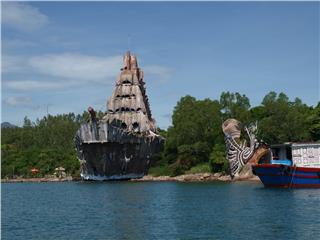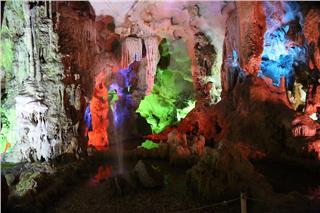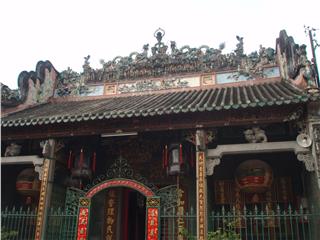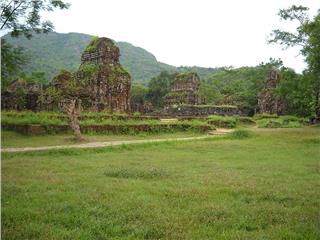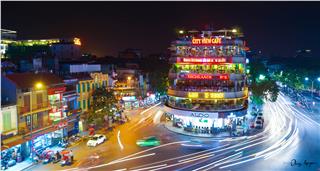Phuc Kien Assembly Hall is one of the typical architectural works in Hoi An. Thanks to its unique architecture, it is gradually becoming one of the tourist attractions luring the large numbers of tourists in Hoi An.
Situated in No.46 Tran Phu Street, Hoi An, Quang Nam province, Phuc Kien Assembly Hall, also known as Fujian Assembly Hall, is one of 5 official assembly halls in Hoi An, including Chaozhou (Trieu Chau), Guangdong (Quang Dong), Fujian (Phuc Kien), Hainan (Hai Nam), and Hak. Chinese people have long highly appreciated the community life. For the purpose of uniting together to trade, mutual assistance when having any troubles, they has established their own assembly halls. Fujian Assembly Hall has been famous for its magnificent beauty, splendor, and majesty in a large space with unique architecture of Chinese architectural style and its sacredness.
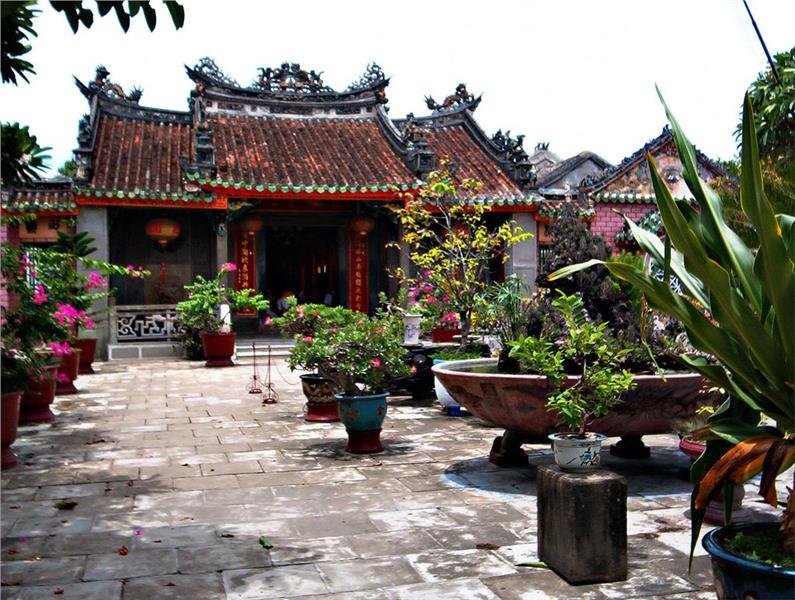
Hoi An Ancient Town is a world cultural heritage. It used to be a center of world trade. From the 16th century to the 19th century, thanks to its prime geographical location of East-West trade corridor, Hoi An had been an extremely prosperous seaport. Taking part in Hoi An tourism, tourists will be lucky to recover traces of ancient civilization of Japan and China. Meanwhile Cau Pagoda (Japanese Covered Bridge) is a monument of Japan, Fujian Assembly Hall is a typical Chinese relic. Not only does the assembly hall concentrate on the worshiping of Goddess Thien Hau but also on the majestic beauty and the power of other influential gods and goddesses in the Fujian people’s belief. It is also the meeting place of compatriot and mutual assistance of Fujian, who came to Hoi An earliest with the most numerous population. This Assembly Hall is the typical architectural works in Hoi An built in 1697. Legend has it that the precursor of assembly hall was a small temple worshiping Goddess Thien Hau statue (the goddess of the sea and caretaker of sailors) which was picked up on Hoi An coastline in 1697. After several time of the restoration, most of the contribution by the Chinese of Fujian, Fujian Assembly Hall became resplendent and spacious, contributing to adorn the face of Hoi An Ancient Town's architecture.
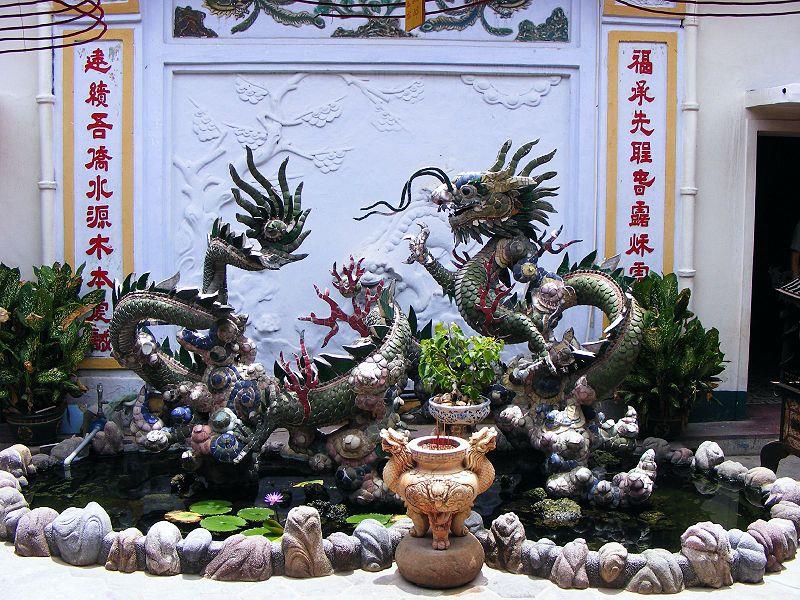
Phuc Kien Assembly Hall had been entirely of wood until in 1757 when it was rebuilt with bricks and tile-covered roof as today. Compared to other assemly halls in Hoi An, Fujian Assembly Hall possesses the largest and deepest space, with a unique architecture together with lacquered works of art lining up in a vivid celebration of Fujian artistry. Setting foot in the assembly hall, tourists would be surprised at the skillful hands of ancient artisans who have created magnificent architectural works. Fujian Assembly Hall with its exquisite architectures stretches from Tran Phu Street to Phan Chu Trinh Street (120m deep) according to the order: gate - courtyard - lake - ornamental plant - 2 east-west corridors - frontispiece - backyard - and backside.
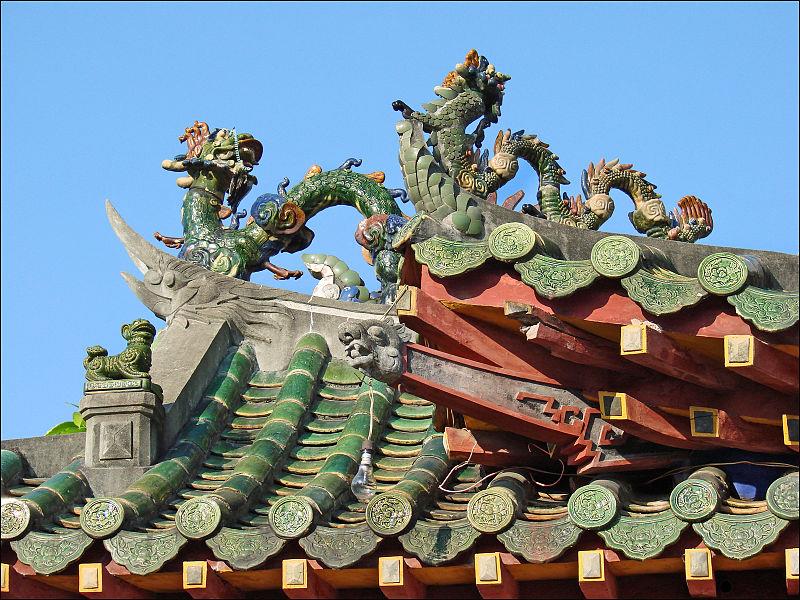
Stepping inside the Assembly Hall, tourists can comfortably contemplate the impressive apricot blossoms-shaped aquarium, the picture of "the carp turns into the dragon", the entrance gate with unique architecture, and the forecourt with numerous breathtaking ornamental plants. Here, there are three aquariums arranged in horizontal rows, 2 rectangular aquariums of which symmetrically are designed each other through circle one located in the middle. The left one is the model of Great Wall, a symbol of China. The main hall is the biggest room, where lies a shrine and many delicate-carved dragons. Behind the central altar are the God of Prosperity and the figures of the goddess of fertility, three fairies and twelve midwives. Hence, childless couples often visit this temple to pray for children. Throughout the temple, there are a plethora of statues, bronze drums, bronze bells and horizontal lacquered board engraved with Chinese characters. The whole combination and arrangement of every element in the hall tend to imply the Chinese philosophy of happiness.
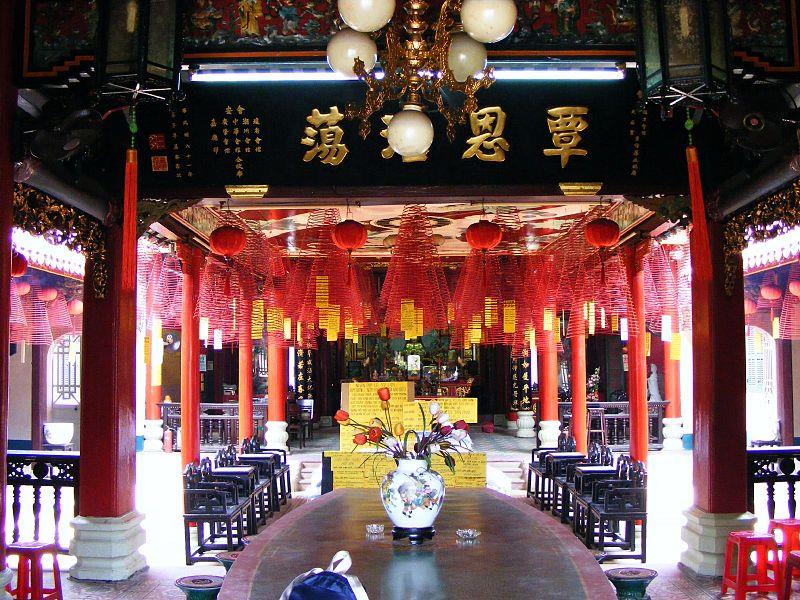
Fujian Assembly Hall is a relic of religious beliefs in Hoi An Ancient Town. The assembly hall is also home to numerous fascinating activities on annually 15th January (lunar calendar), 16th February (lunar calendar), 23th March (lunar calendar), which attracts the great number of both domestic and foreign tourists taking part in. Notably, Fujian Assembly Hall was granted as national level historical - cultural relics on 17th February 1990.
Phuc Kien Assembly Hall is one of significant architectures marking the attendance of Chinese people in Hoi An. The cultural exchanges between two countries has left numerous respectful culture. These add poetic colors to Hoi An culture. In the panorama of Hoi An travel, Fujian Assembly Hall is a highlight on unique and exquisite architectures that tourists should set their foot in.
